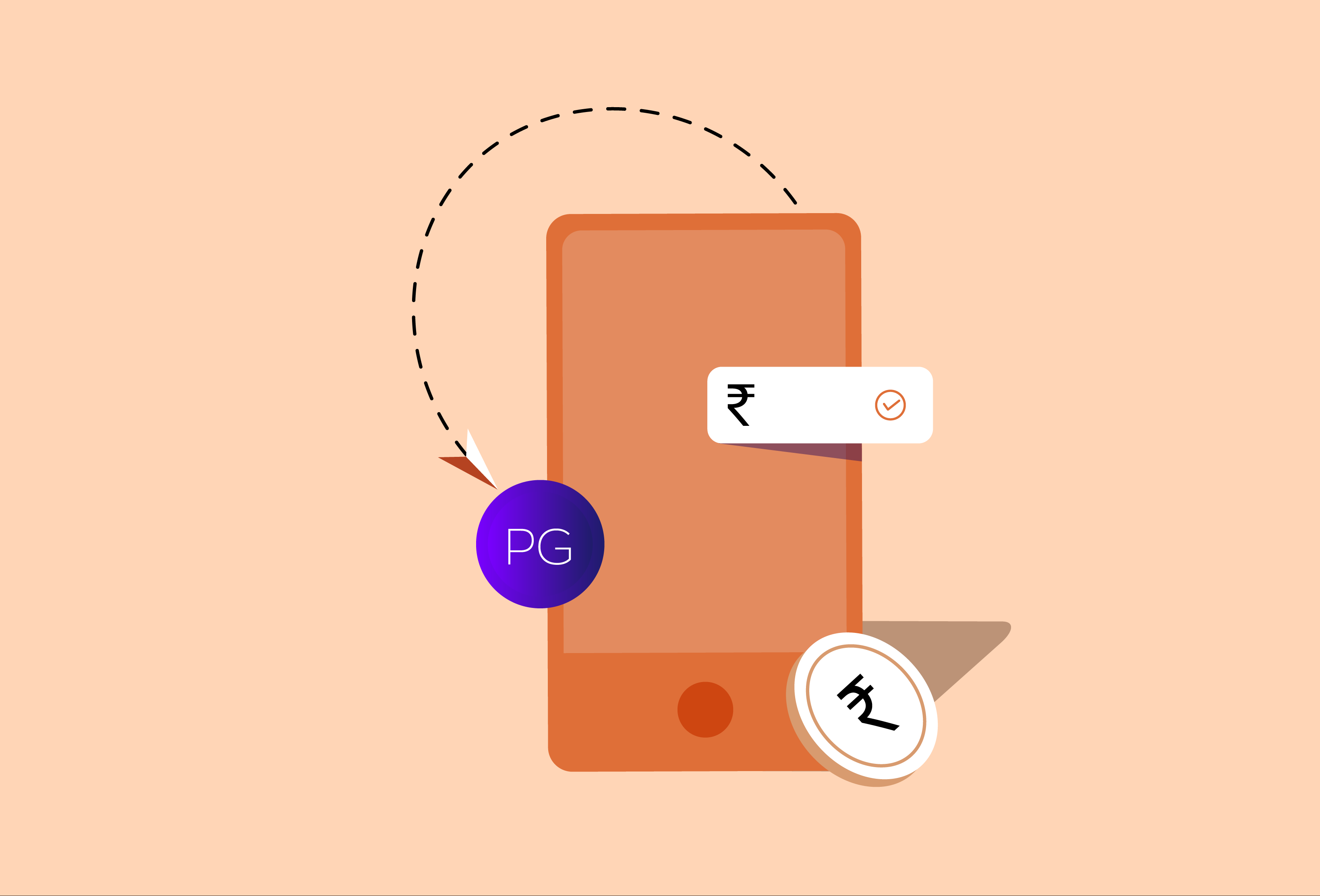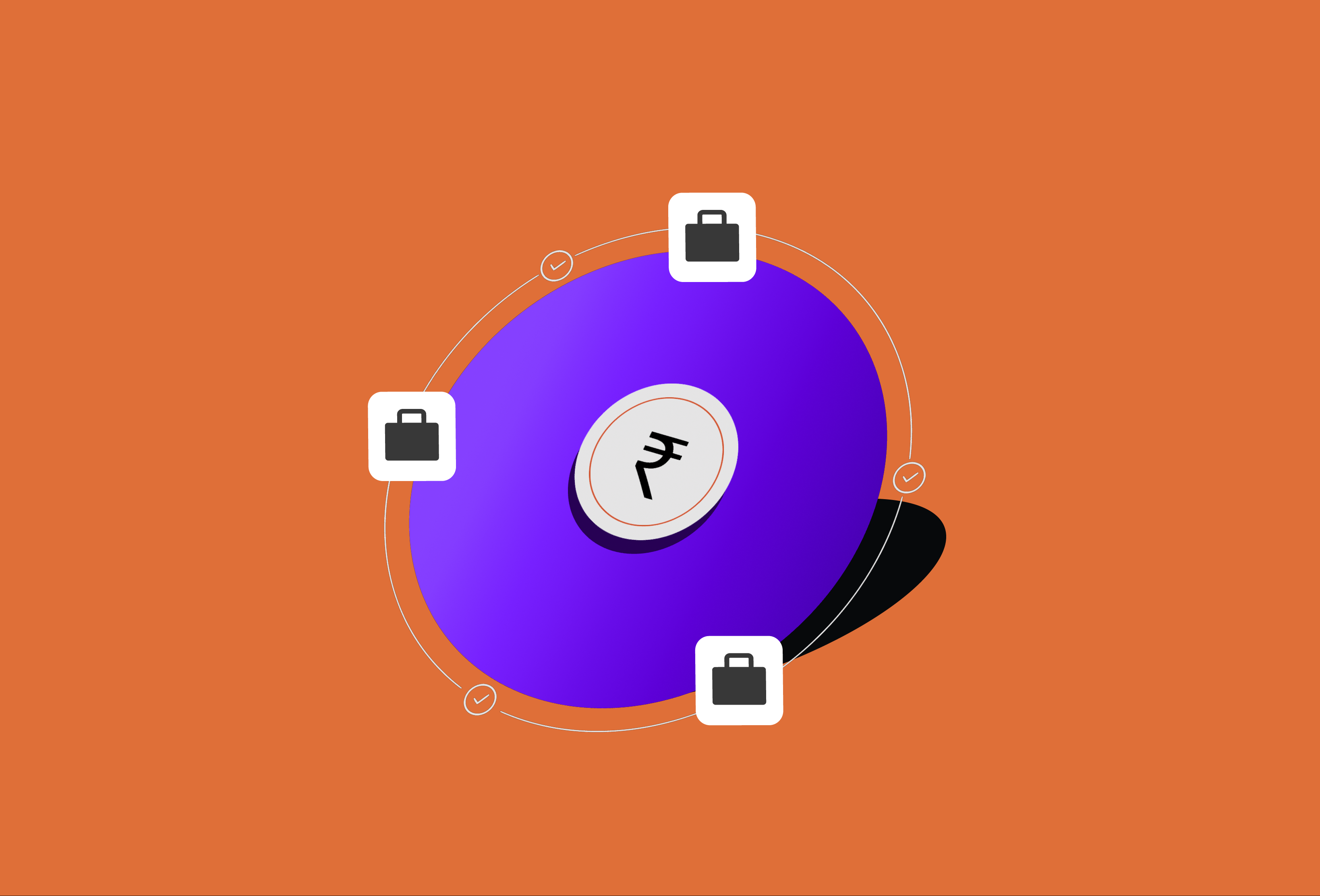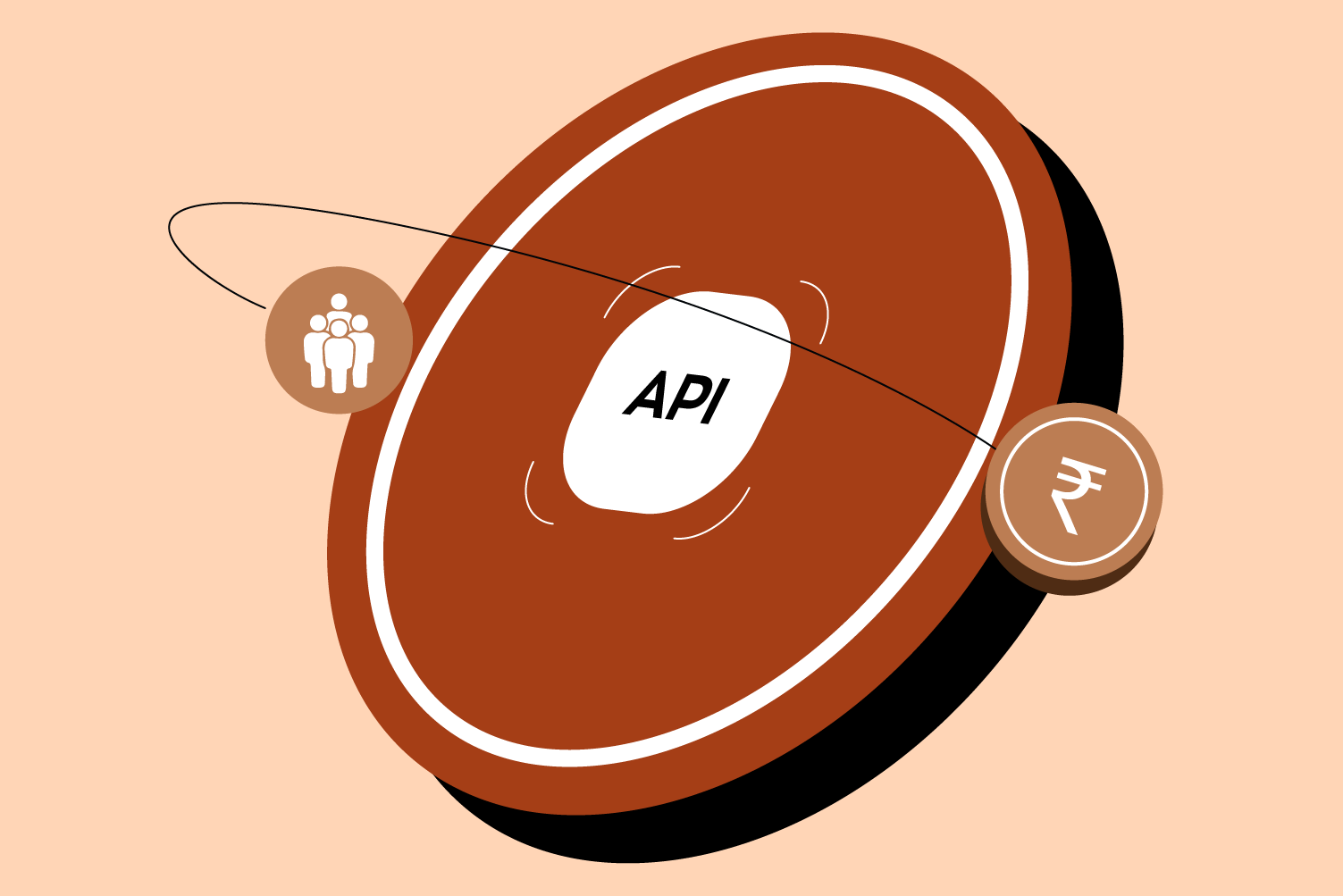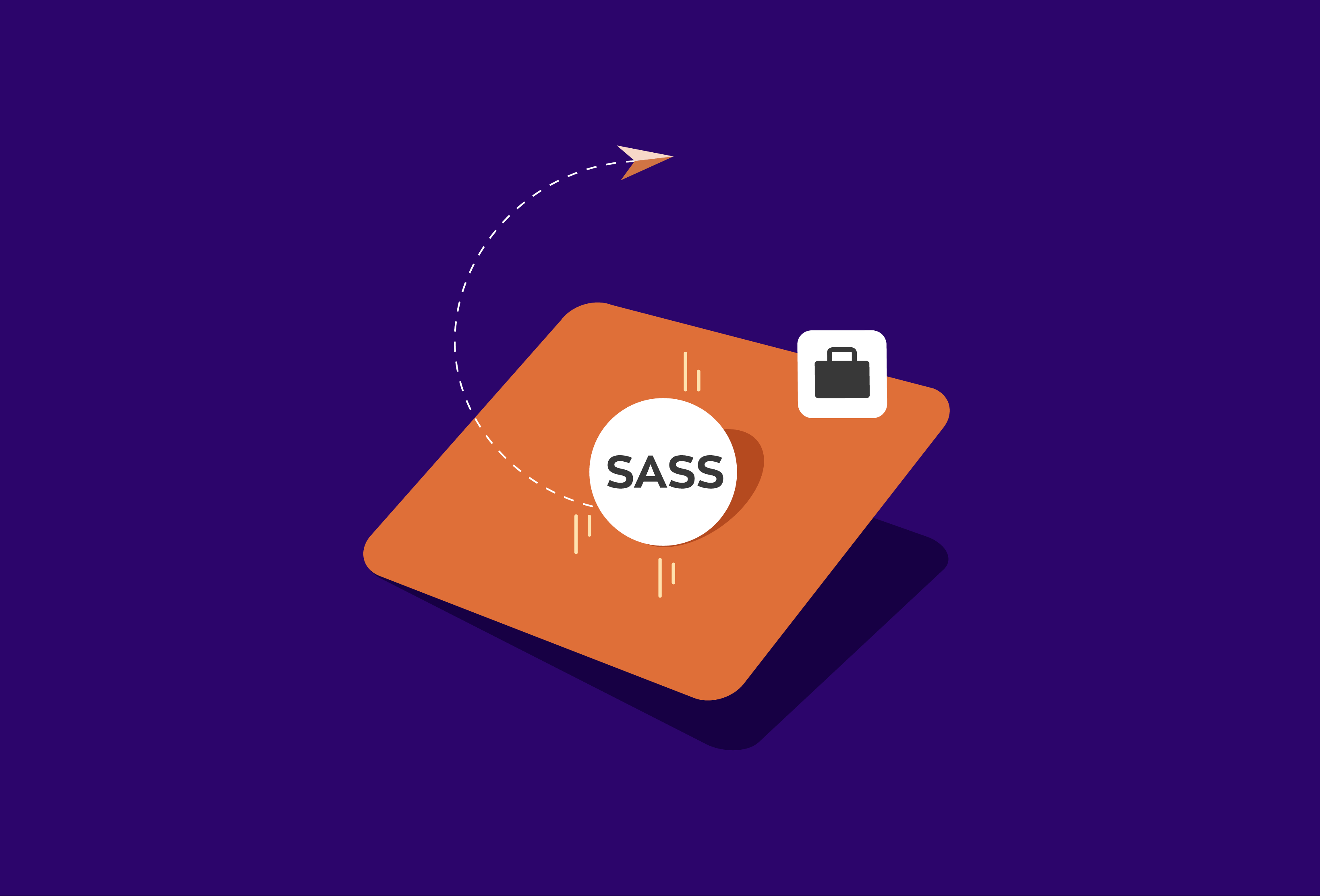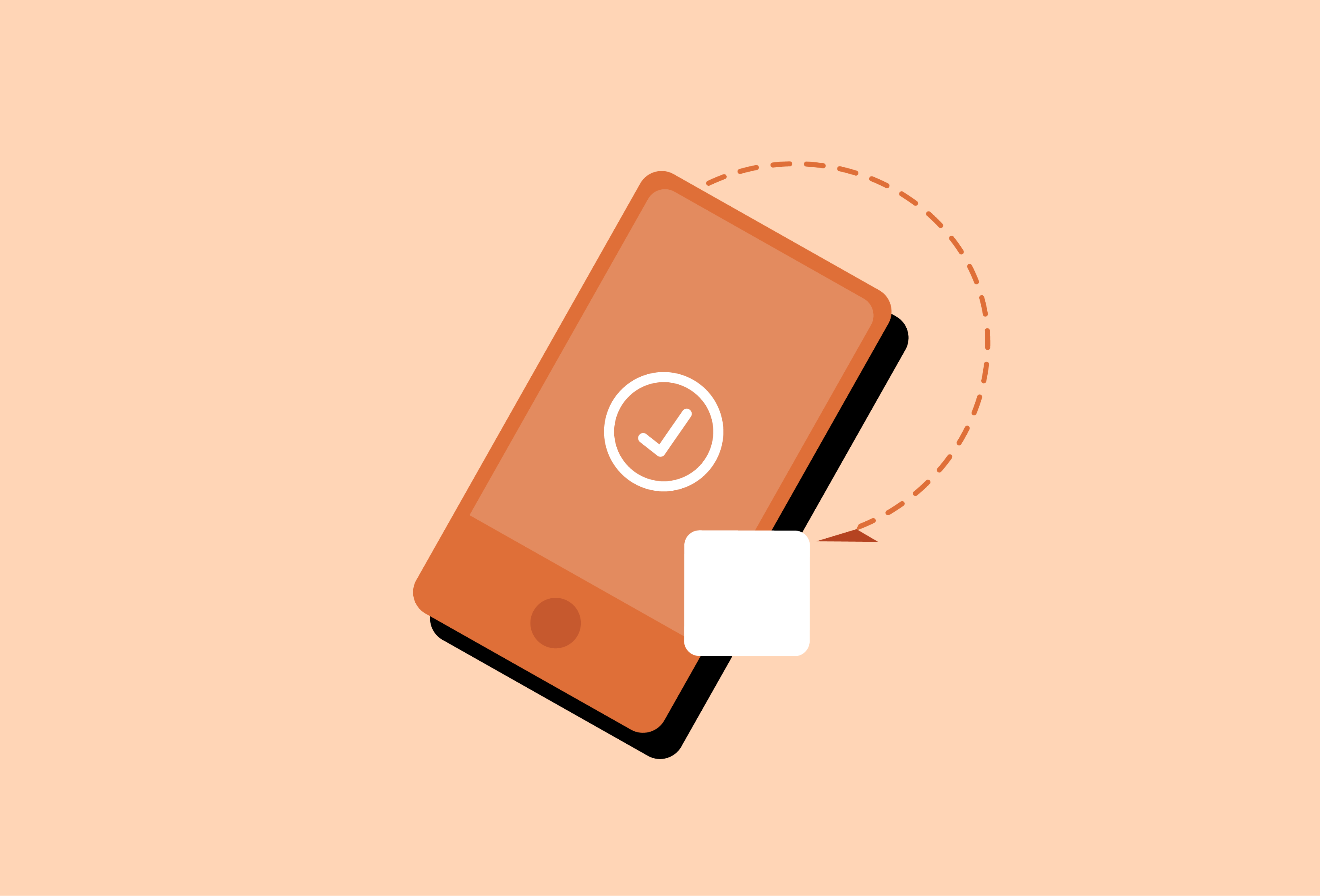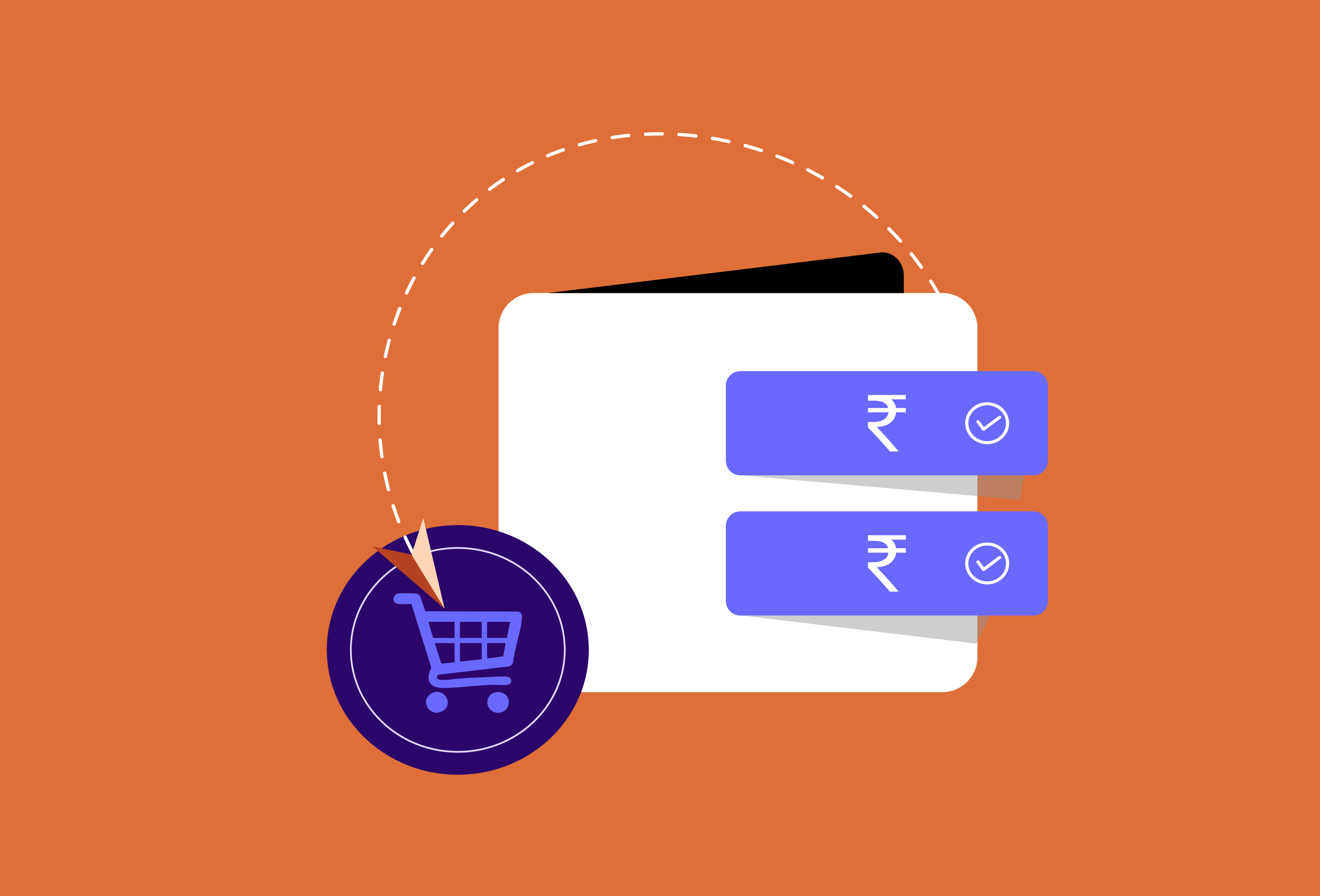For SaaS businesses, revenue comes primarily from subscriptions rather than one-time sales. While building a product and acquiring customers are critical, the ability to collect payments consistently is equally important. Even small issues in payment processing, such as failed transactions or delayed billing, can affect cash flow and customer trust. This is where payment gateway solutions become central to the growth of SaaS businesses.
A payment gateway acts as the bridge between your business, your customers, and their banks. It securely processes card payments, wallets, and other digital payment methods while ensuring that the transaction is completed without friction. Choosing the right payment gateway is not just a technical decision but a strategic one that can influence customer retention, operational efficiency, and revenue growth.
The Role of Payment Gateways in SaaS
A payment gateway is a technology that allows SaaS businesses to accept online payments. It encrypts sensitive information, such as credit card or bank account details, and ensures that payments are securely transferred from the customer to the business. Beyond security, payment gateways handle multiple aspects of subscription management.
For SaaS businesses, recurring billing is the backbone of revenue. A well-configured payment gateway ensures that subscriptions are renewed automatically, minimizing revenue loss from expired cards or missed payments. Additionally, payment gateways support different pricing models, such as monthly or annual plans, tiered subscriptions, and trial-to-paid conversions.
Payment gateways also enhance customer experience. A seamless checkout process reduces friction, builds trust, and encourages customers to continue their subscriptions. Failed payments, complicated checkout flows, or a lack of preferred payment methods can lead to cancellations or churn, directly affecting recurring revenue.
Key Features SaaS Businesses Need
Not all payment gateways are designed to meet the requirements of SaaS businesses. Choosing a gateway that supports subscription-based models is essential. Here are the key features SaaS businesses should look for:
1. Recurring Billing and Subscription Management
A core feature for SaaS businesses is the ability to manage recurring payments automatically. This includes setting up billing cycles, handling upgrades or downgrades, and managing cancellations. Advanced gateways can also retry failed payments automatically and notify customers when action is required.
2. Multi-Currency Support
For SaaS businesses operating globally, accepting multiple currencies is critical. Payment gateways that offer multi-currency processing enable businesses to expand their reach without relying on third-party currency conversion tools.
3. Automated Invoicing and Receipts
Automated invoicing ensures that customers receive timely bills and receipts. This not only improves customer experience but also simplifies accounting and record-keeping for the business.
4. Security and Compliance
Security is non-negotiable. Payment gateways must comply with standards such as PCI DSS to protect cardholder data. Fraud detection, two-factor authentication, and secure storage of payment information are crucial to prevent unauthorized transactions and build customer trust.
5. Analytics and Reporting
Detailed reports and analytics help SaaS businesses track revenue, monitor subscription growth, and identify trends in churn or failed payments. Payment gateways that provide dashboards with actionable insights allow businesses to make informed decisions and optimize revenue collection.
Comparing Payment Gateway Options
When evaluating payment gateway solutions for SaaS businesses, understanding the different types and their advantages is important.
- Hosted vs. Integrated Gateways
Hosted gateways redirect customers to a secure page for payment, reducing the business’s responsibility for security compliance. Integrated gateways, on the other hand, allow payments to occur directly within the SaaS application, offering a smoother customer experience. SaaS businesses often prefer integrated solutions because they allow more control over branding and reduce friction in the checkout process. - Pricing Models
Payment gateways charge fees in different ways, including per-transaction fees, monthly subscriptions, or percentage-based charges. SaaS businesses should analyze the cost structure based on transaction volumes, average order value, and global payments. - Payment Methods
Modern customers expect flexibility. Payment gateways that support multiple payment methods, such as credit and debit cards, UPI, net banking, and digital wallets, can increase conversion rates and reduce churn. - Ease of Integration
A gateway with robust APIs simplifies integration with the SaaS product, enabling features such as subscription upgrades, refunds, and automated retries for failed payments. It also allows for faster product development and reduces dependency on manual processes.
How Payment Gateways Impact Growth
The right payment gateway can directly influence growth and revenue for SaaS businesses in several ways:
1. Improved Customer Experience
A seamless and secure payment process increases customer confidence. Reduced friction during checkout leads to fewer abandoned subscriptions and higher retention.
2. Consistent Cash Flow
Automated recurring billing ensures that payments are collected on time, stabilizing cash flow and reducing the administrative burden on finance teams.
3. Global Market Access
With multi-currency support and international payment options, SaaS businesses can expand beyond local markets and reach a global customer base.
4. Actionable Insights
Advanced analytics from payment gateways provide insights into customer behavior, payment trends, and churn patterns. SaaS businesses can use this information to optimize pricing, improve retention strategies, and make data-driven decisions.
Best Practices for SaaS Payment Management
Implementing a payment gateway is just the first step. SaaS businesses must follow best practices to ensure maximum efficiency and customer satisfaction:
- Optimize Retry Strategies
Failed transactions are common due to expired cards or insufficient funds. Implementing retry strategies increases the chances of successful payment without disrupting customer experience. - Offer Multiple Payment Options
Providing several payment methods ensures that customers can choose their preferred option, improving conversion rates and satisfaction. - Maintain Transparent Billing
Clear communication about subscription charges, renewal dates, and cancellation policies reduces confusion and builds trust with customers. - Stay Compliant
Ensure that the payment gateway follows regulatory standards for data protection and financial compliance, both locally and internationally. This minimizes risk and protects the business from penalties. - Monitor and Analyze
Regularly review transaction reports and subscription metrics to identify patterns in failed payments, churn, and customer preferences. Continuous monitoring allows proactive management of revenue.
Conclusion
For SaaS businesses, revenue is only as reliable as the systems in place to collect it. Payment gateway solutions are not just tools for processing transactions; they are critical components that impact recurring revenue, customer satisfaction, and business growth.
Choosing the right gateway involves more than comparing fees. It requires understanding subscription needs, integration capabilities, security compliance, and customer experience. By selecting a payment gateway that aligns with business goals and implementing best practices, SaaS businesses can ensure smoother billing, stronger cash flow, and sustained growth.
Investing in a reliable payment gateway solution is an investment in the stability and scalability of a SaaS business. Businesses that prioritize seamless payments and recurring revenue management position themselves to compete effectively, expand globally, and maintain trust with their customers.


